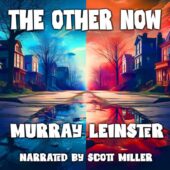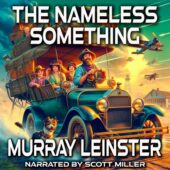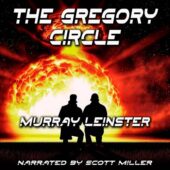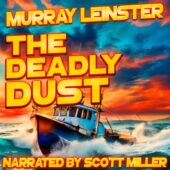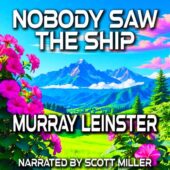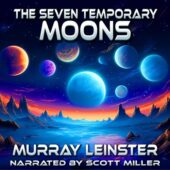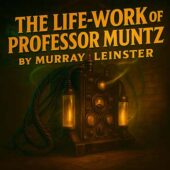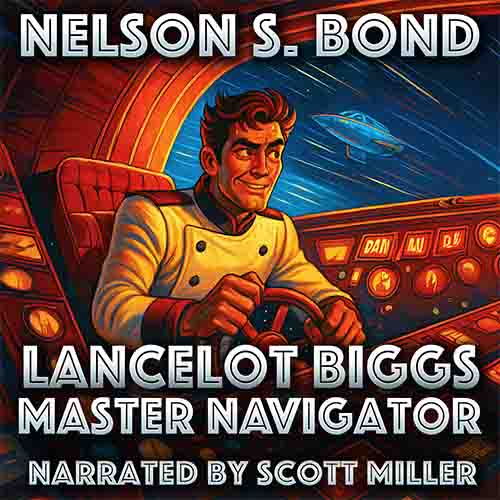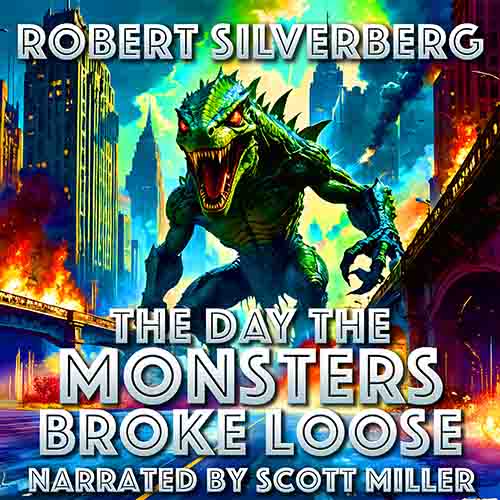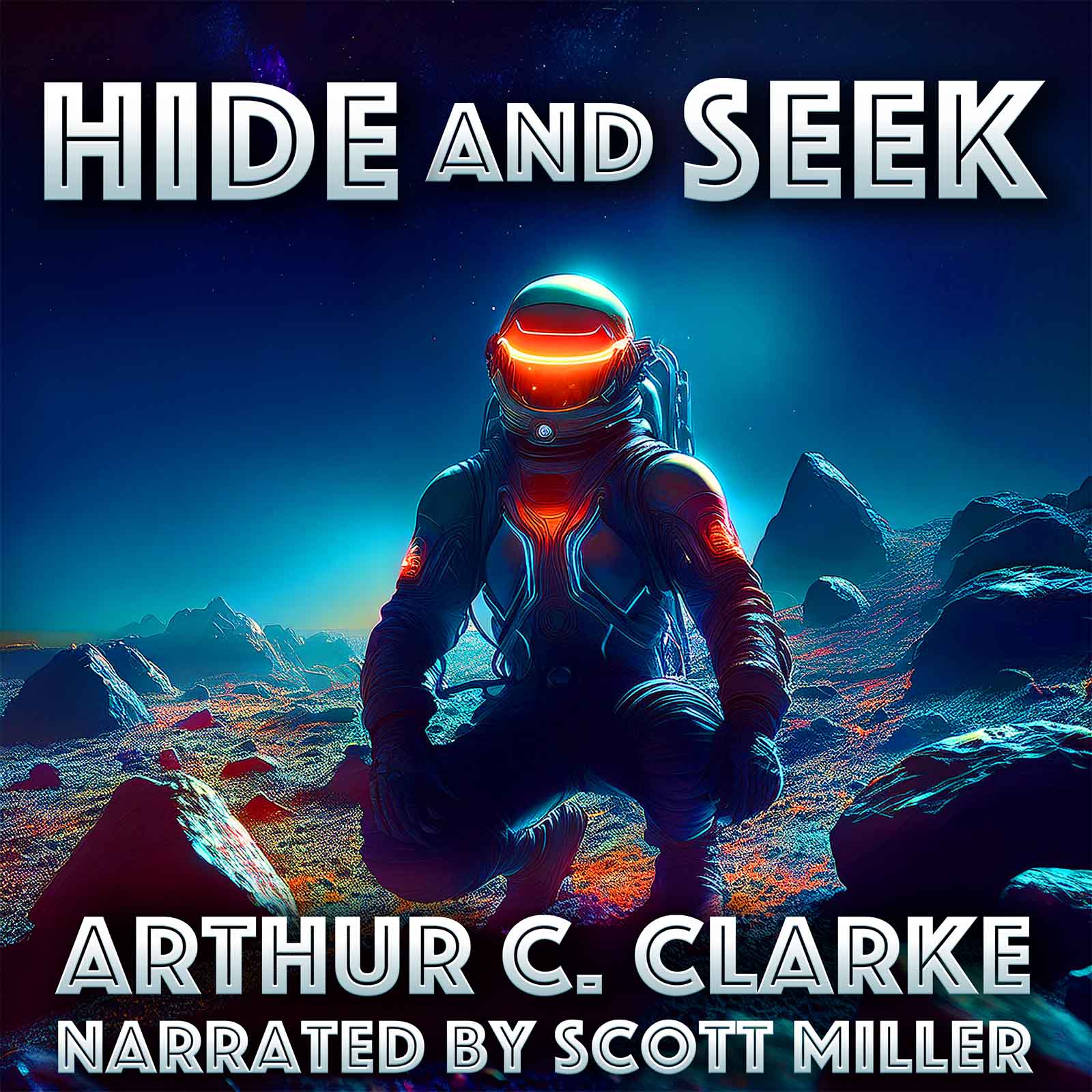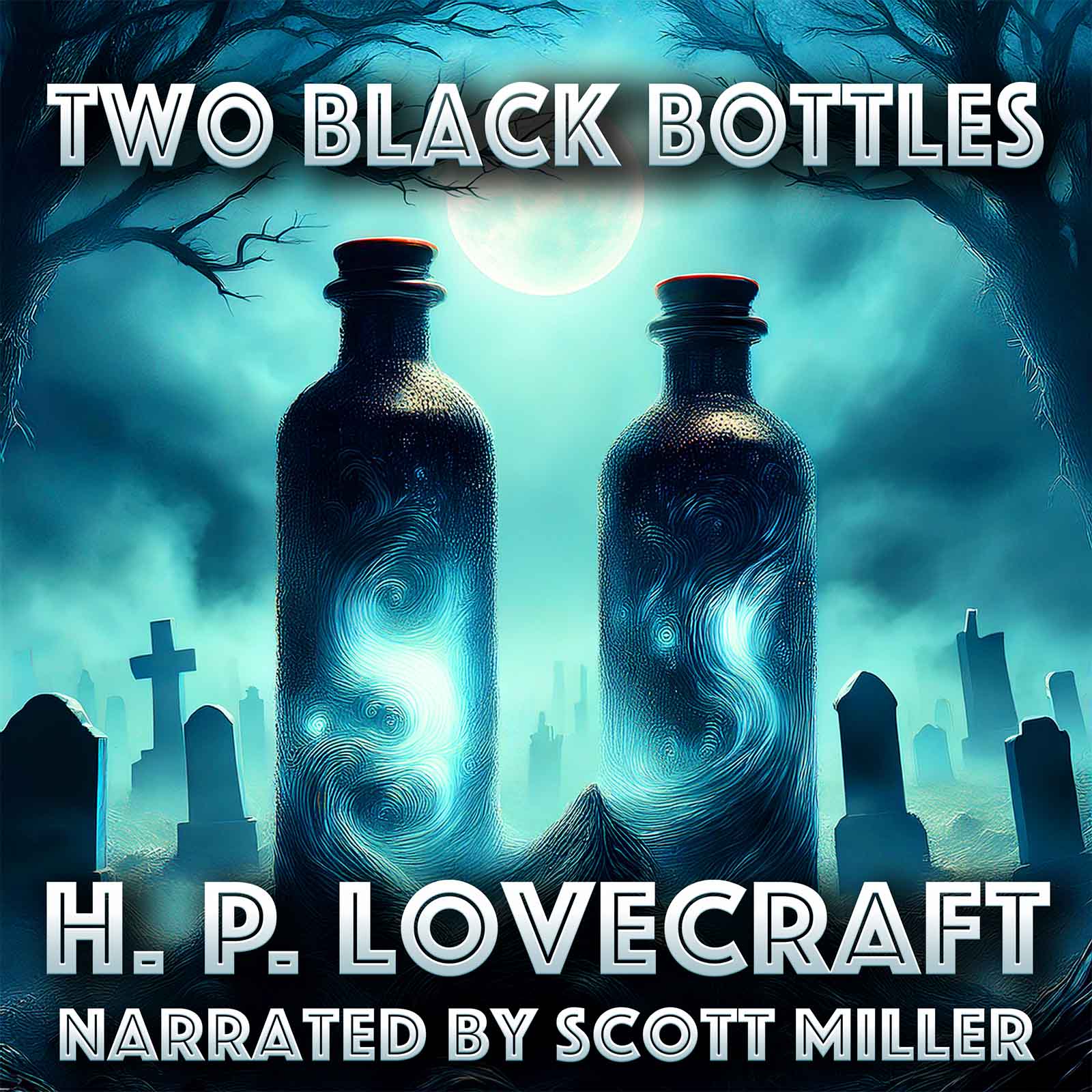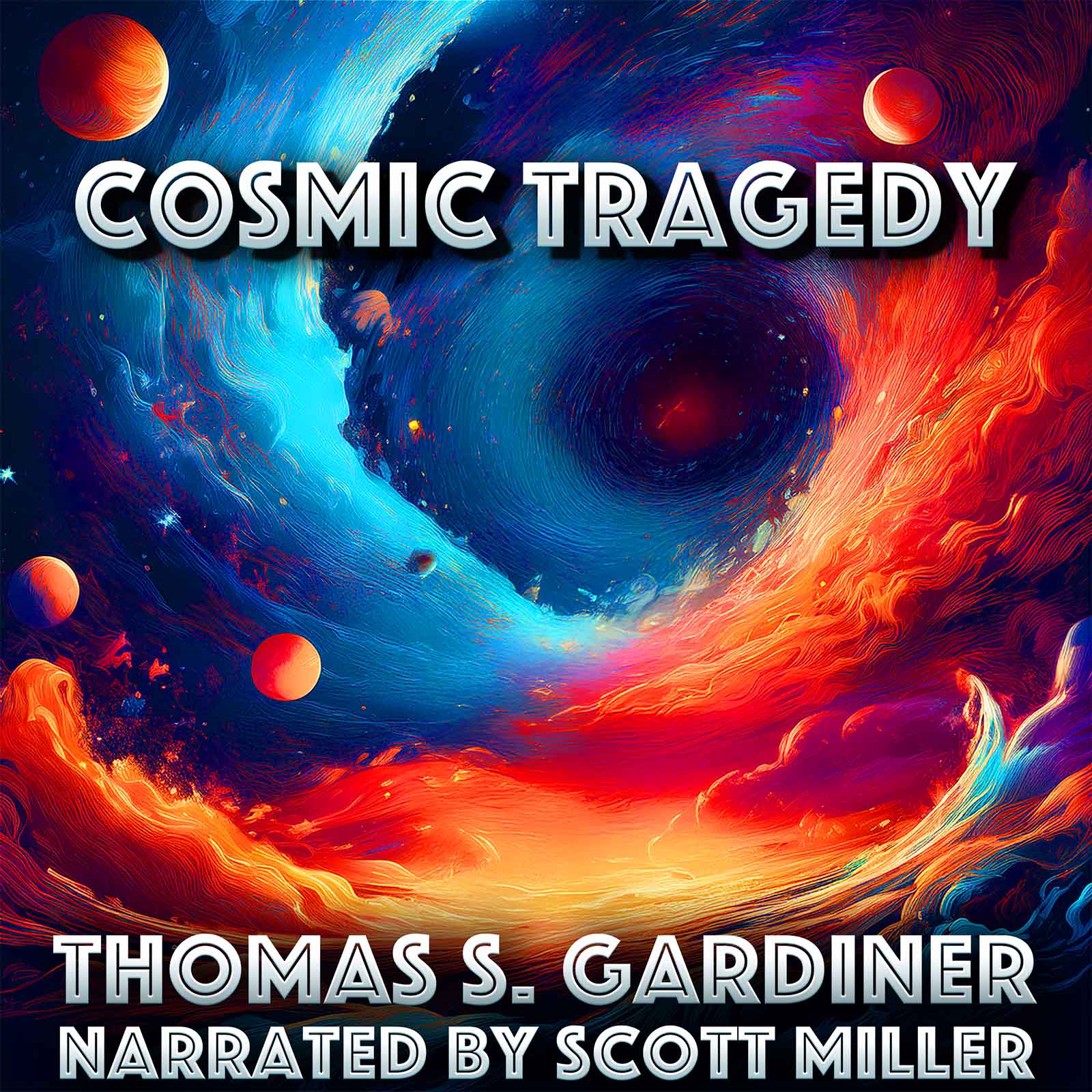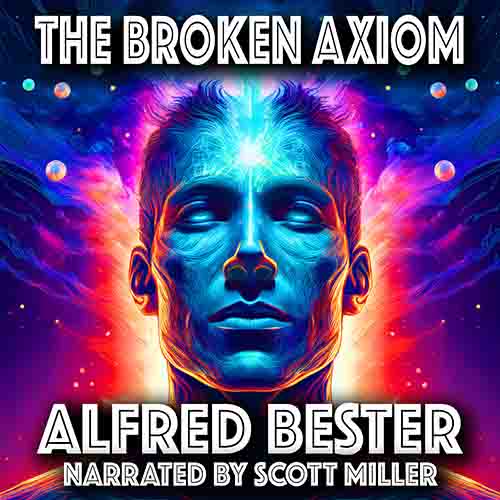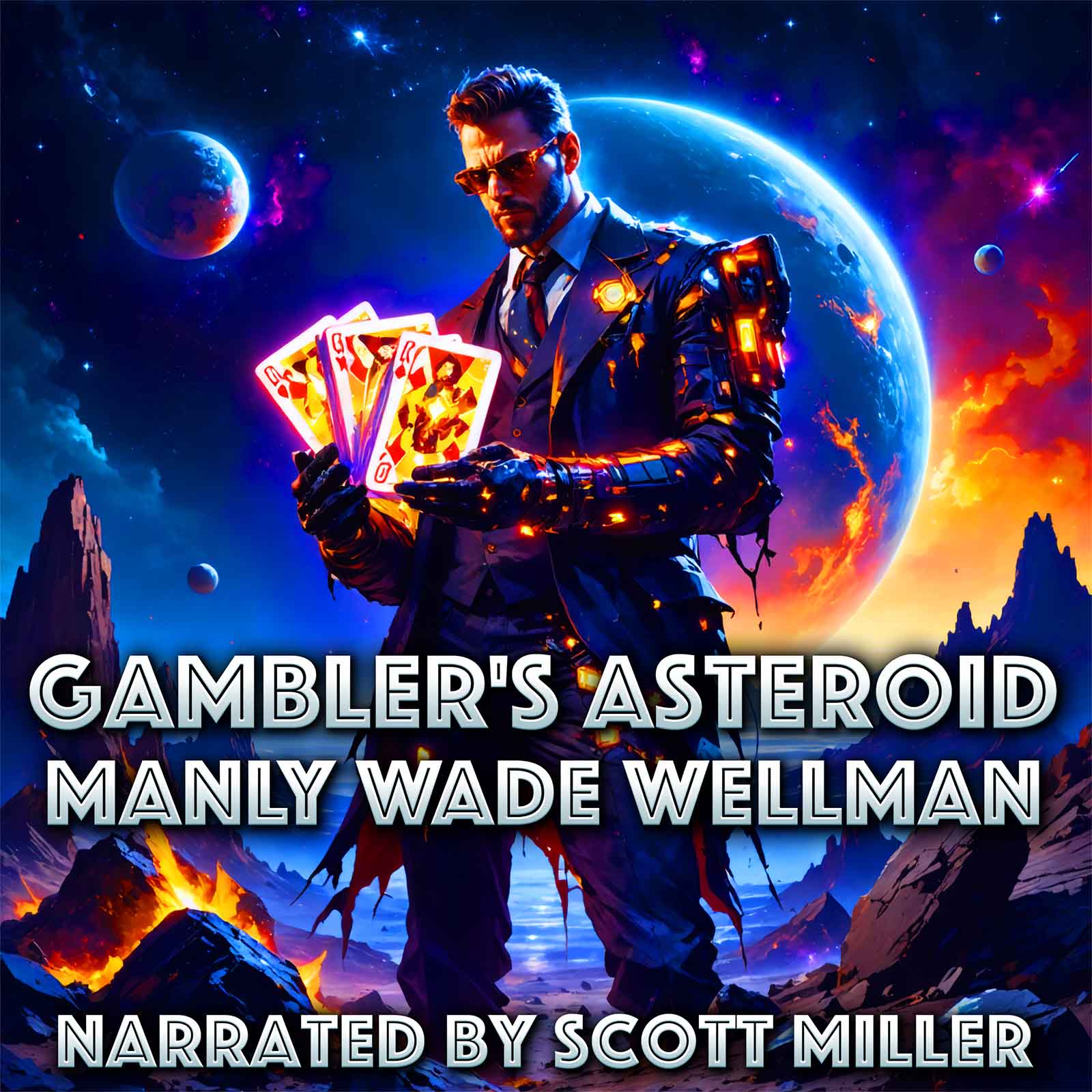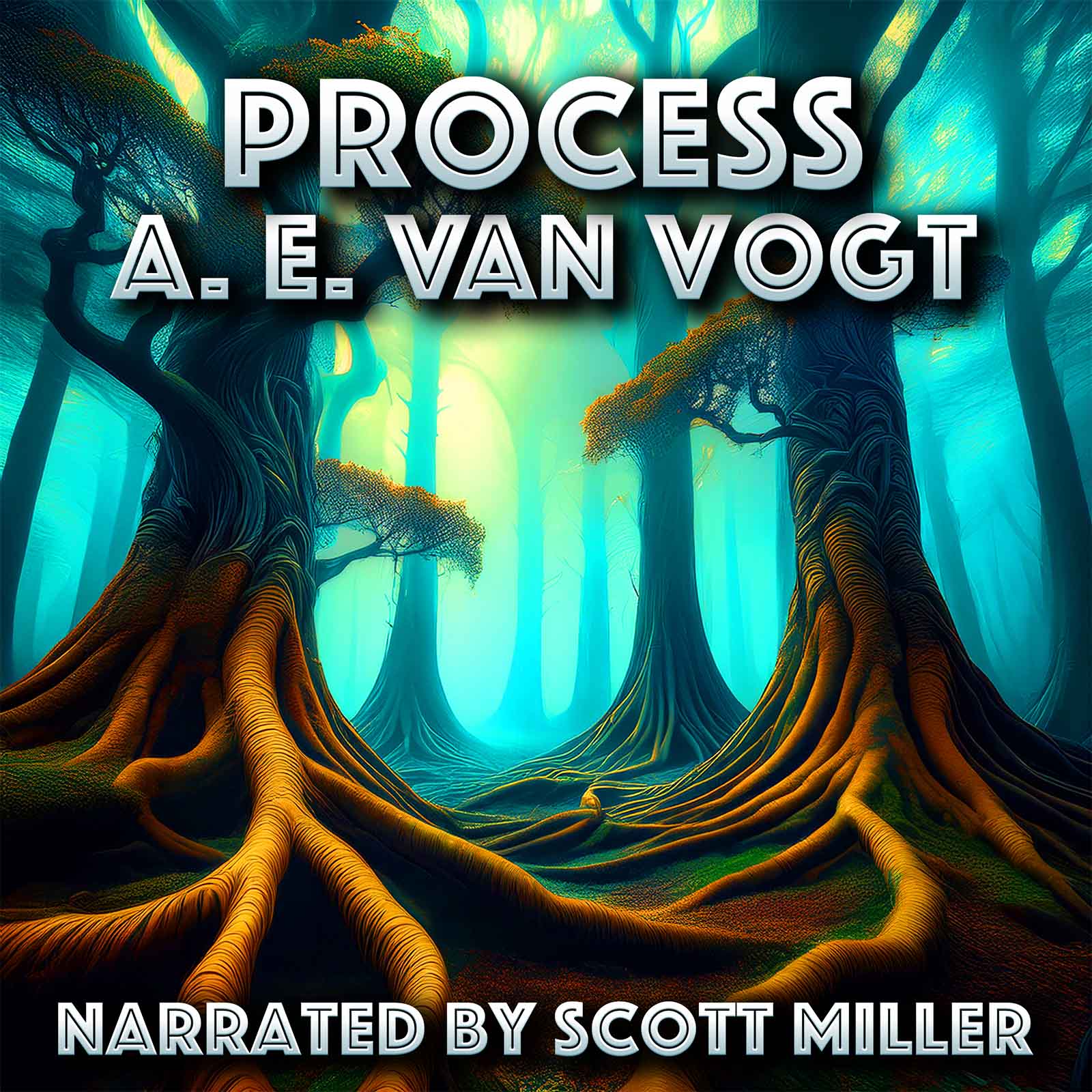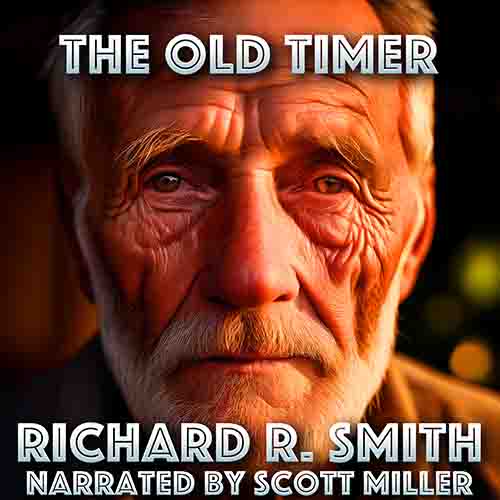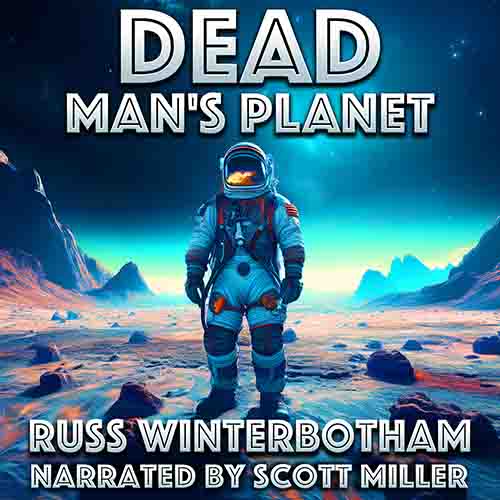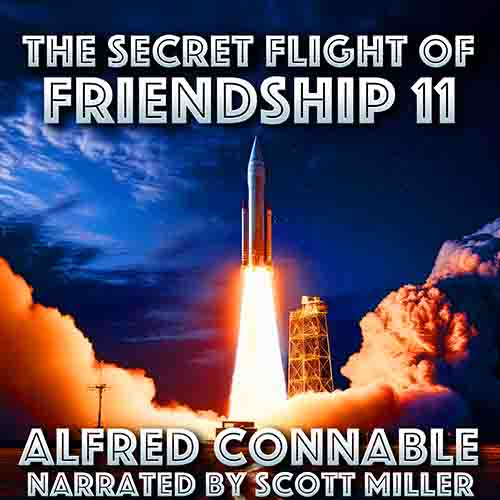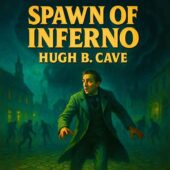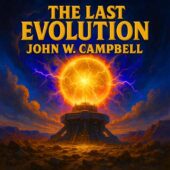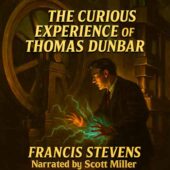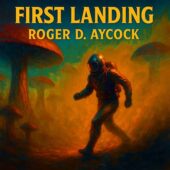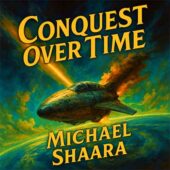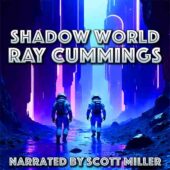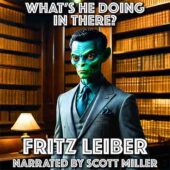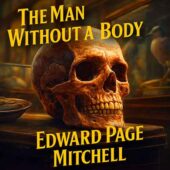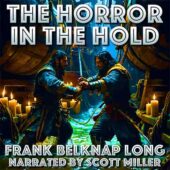Murray Leinster

Biography
Murray Leinster was the pen name of William Fitzgerald Jenkins (1896–1975), an American writer whose astonishingly prolific career earned him the title “The Dean of Science Fiction.” Over the span of more than five decades, he produced roughly 1,500 stories, articles, radio scripts, and screenplays, working across pulp magazines, popular fiction, and early television. While he wrote westerns, mysteries, romances, and adventure tales, his greatest impact came in the realm of science fiction, where his imagination, versatility, and foresight helped shape the genre as it grew from pulp entertainment into a respected literary form.
Born in Norfolk, Virginia, Jenkins left school at 15 and worked various jobs while teaching himself to write. He sold his first story in 1916 to Smart Set magazine, edited by H. L. Mencken and George Jean Nathan. By the 1920s, Leinster had established himself as a dependable pulp contributor, publishing in Amazing Stories, Astounding Stories, Argosy, and countless others. His facility with storytelling and his ability to quickly adapt to editorial trends made him a cornerstone of the pulp era.
Leinster’s science fiction was notable for its inventiveness and uncanny anticipation of future technologies. His 1925 story “The Runaway Skyscraper” transported a New York building back into prehistory, an early example of time-travel adventure. In “Sidewise in Time” (1934), he introduced the concept of alternate histories colliding—a man encountering worlds where history had taken different paths. This tale directly inspired the Sidewise Award for Alternate History, named in his honor decades later.
One of Leinster’s most visionary pieces was “A Logic Named Joe” (1946), in which he imagined small household computers (called “logics”) connected to a global information network. Decades before the internet, Leinster foresaw online commerce, personalized information searches, and even concerns about privacy and misuse—making the story a stunningly accurate prediction of the digital age.
Throughout the 1930s to the 1950s, Leinster’s stories appeared regularly in Astounding Science Fiction under legendary editor John W. Campbell. His novel-length serial The Forgotten Planet (1954) depicted colonists stranded on a planet overrun by gigantic insects, blending hard science speculation with survival adventure. In The Pirates of Zan (1959, later retitled The Pirates of Ersatz), he brought humor to space opera, showing his wide tonal range. He was also adept with near-future speculation, as in First Contact (1945), which presented one of the earliest thoughtful depictions of humanity meeting an alien civilization.
Beyond fiction, Leinster was a skilled technical writer during World War II, producing military training films and manuals for the U.S. Army. This experience gave him a grounding in science and engineering that enriched his speculative fiction. His writing style was direct, fast-paced, and idea-driven, a reflection of both his pulp roots and his commitment to entertaining storytelling.
Leinster’s versatility kept him in demand across media. He wrote screenplays for early Hollywood films, penned stories for romance and western magazines under different pseudonyms, and contributed extensively to radio and television. He even wrote tie-in stories for shows like Tales of Tomorrow. Yet despite his ability to move across genres, it was science fiction where his imagination left its deepest mark.
His contributions were recognized late in his career. In 1956, he won a Hugo Award for “Exploration Team,” a rousing tale of colonists surviving on a hostile alien world. In 1995, the Science Fiction and Fantasy Writers of America honored him posthumously with the title of Grand Master, acknowledging his immense impact on the field. His name also lives on through the Sidewise Award, honoring excellence in alternate history writing.
Murray Leinster’s fiction often celebrated ingenuity, resilience, and the adaptability of ordinary people facing extraordinary challenges. Unlike some of his more philosophical contemporaries, he specialized in delivering gripping plots filled with practical problem-solving, a reflection of both his journalistic background and his belief in human resourcefulness.
Though less of a household name today than Isaac Asimov or Arthur C. Clarke, Leinster’s influence is deeply woven into the fabric of modern science fiction. Concepts he pioneered—alternate universes, the internet, first contact protocols—became cornerstones of the genre. His stories remain fresh and engaging, with many still in print and studied by fans of vintage science fiction.
William F. Jenkins, writing as Murray Leinster, died in 1975 at the age of 78. By then, he had lived through and helped define nearly the entire pulp-to-modern transition of science fiction. His legacy is that of a tireless craftsman and visionary whose work both entertained millions and foresaw the technological and cultural revolutions that still shape our world.

